当前位置:网站首页>FPGA knowledge accumulation [6]
FPGA knowledge accumulation [6]
2022-07-07 08:37:00 【Vince mock, Yamaji】
Catalog
1. Filter type
Analog filters are divided into active and passive , I have seen it in the last section ——FPGA Accumulation of knowledge 【5】 The first 6 spot
Now let's talk about the types of digital filters :
① Classify according to frequency band :
W Is a certain cut-off frequency
low pass filter (LPF): Passband 0 ~ W
Bandpass filter (BPF): Passband W1 ~ W2
Band stop filter (BSF): Stopband W1 ~ W2 ( Limiting wave )
High pass filter (HPF): Passband W ~ ∞
All pass filter (APF): All in
② Sort by response type :
Butterworth response filter : Maximize the passband flatness of the filter
Bessel response filter : The phase nonlinearity of the passband is minimized
Chebyshev response filter : Filter with ripple fluctuation such as frequency response amplitude on passband or stopband
③ Classified by unit pulse :
Infinite impulse response filter (IIR): Recursive filter , From a hardware point of view ,IIR The filter is fast , Efficient 、 real time IIR The sampling rate of the filter is much higher than FIR, And with feedback
Finite impulse response filter (FIR): Finite length unit impulse response filter , It is also called non recursive filter , It is the most basic component in digital signal processing system
2. most Small / Big Item nature
The properties of the minimum term :
① Under any value of the input variable , The value with and only one minimum term is 1;
② The sum of all minimum terms is 1 ;
③ The product of any two minimum terms is 0 ;
④ The sum of two adjacent minimum terms can be combined , Eliminate a pair of factors , Leave only the common factor ;( The important principle of Karnaugh map ) adjacent : The smallest term with only one factor different , Such as :A’BC’ And A’BC;
The properties of the largest term :
① Under any value of the input variable , The value of having and only one maximum item is 0 ;
② The product of all the largest terms is 0 ;
③ The sum of any two largest terms is 1 ;
④ The product of two adjacent largest terms can be merged , Eliminate a pair of factors , Leave only the common factor . adjacent : There is only one maximum term with different factors , Such as :A’+B+C and A’+B+C
3. High speed low speed signal
Here are Candence Judgment of high-speed signal ;
① Everything is greater than 50MHz The signal of , It's a high-speed signal
② It is not directly related to frequency , But the signal goes up / The falling edge is less than 50 ps It is considered as a high-speed signal
③ When the transmission path length of the signal is greater than 1/6λ , The signal is considered to be a high-speed signal
④ When the signal is transmitted along the transmission path , When serious skin effect and ionization loss occur , It is considered a high-speed signal
The above definitions , To some extent, it is reasonable . And the time of the rising edge and falling edge of the signal is smaller , The high-frequency component of the signal will be more and more , The signal bandwidth is large , At this time, the integrity of the signal must be considered .
4. Packet processing performance calculation
The message length is 65bytes,FPGA The processing bit width is 64bit, use 250M Working clock , What is the packet processing performance ?
① How to calculate the package processing performance ? in my opinion , It's just how much data is read in how long
② Then the clock frequency is given in the question stem 250M, We can calculate the time of a clock cycle is 1/250M second
③ So a clock cycle FPGA How much data can be processed , I think so 64bit, That is, the time of a clock cycle , namely 1/250M second ,FPGA Processed 64bit data , Then one second is 250M * 64 bit The data of , That is to say, the performance is 16G bps
5. Clock type
① Global clock : Clock signal on the global clock network , Small signal skew can be guaranteed (skew), The time when the real-time clock signal reaches each trigger is as close as possible , In other words, synchronize the clock , Strong predictability
② Multilevel logic clock : Multi level combinational logic should not be used to clock PLD Triggers in design , Low reliability
③ Traveling wave clock : The output of one trigger is used as the clock input of another trigger , The timing calculation related to the circuit becomes very complex
④ Gate clock : It is used to reduce the excessive internal register flip with the clock flip, so as to reduce the power consumption of the clock
6. Operator priority
first stage :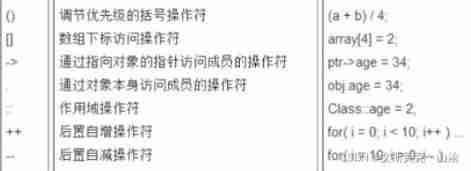
Level second :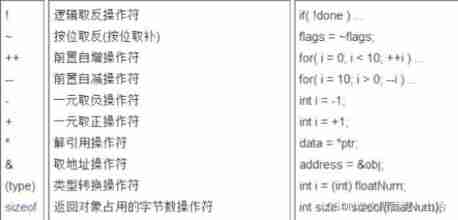
Level third :
Level fourth :
fifth degree :
Level six :
Level seven :
Level 8 :
Then lower the priority level by level :
Level 15 :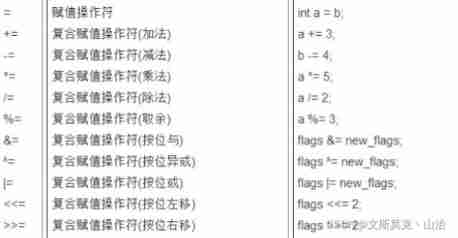
Level 16 :
7.8421 code
8421 Code is the name of Chinese Mainland ,8421 Code is BCD One of the most commonly used in code , Every decimal number uses 4 Bit representation . for example 45 use 8421 Code means 01000101 , Ahead 0100 Express 4, hinder 0101 Express 5.
8.Verilog Synthesizable statements
① Structures supported by all integrated tools :always,assign,begin,end,case,wire,tri,aupply0,supply1,reg,integer,default,for,function,and,nand,or,nor,xor,xnor,buf,not,bufif0,bufif1,notif0,notif1,if,inout,input,instantitation,module,negedge,posedge,operators,output,parameter
② Structures that are not supported by all integrated tools :time,defparam,$finish,fork,join,initial,delays,UDP,wait
③ Some tools support structures that some tools do not support :casex,casez,wand,triand,wor,trior,real,disable,forever,arrays,memories,repeat,task,while.
Reference resources :
Operator priority full list , List
Verilog Overview of integrable and non integrable sentences in
边栏推荐
- 【无标题】
- JS的操作
- Input and output of floating point data (C language)
- [untitled]
- One click deployment of highly available emqx clusters in rainbow
- iptables 之 state模块(ftp服务练习)
- Are you holding back on the publicity of the salary system for it posts such as testing, development, operation and maintenance?
- Laravel8 uses passport login and JWT (generate token)
- [paper reading] icml2020: can autonomous vehicles identify, recover from, and adapt to distribution shifts?
- Download and install orcale database11.2.0.4
猜你喜欢
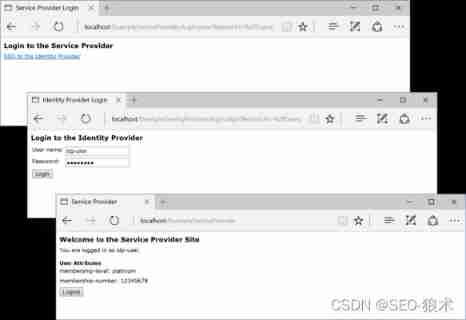
Componentspace2022, assertions, protocols, bindings, and configuration files
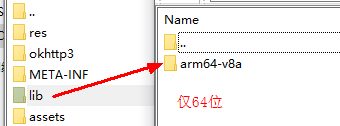
详解华为应用市场2022年逐步减少32位包体上架应用和策略

Merge sort and non comparison sort

PLSQL的安装和配置

Golang 编译约束/条件编译 ( // +build <tags> )

Data type - integer (C language)
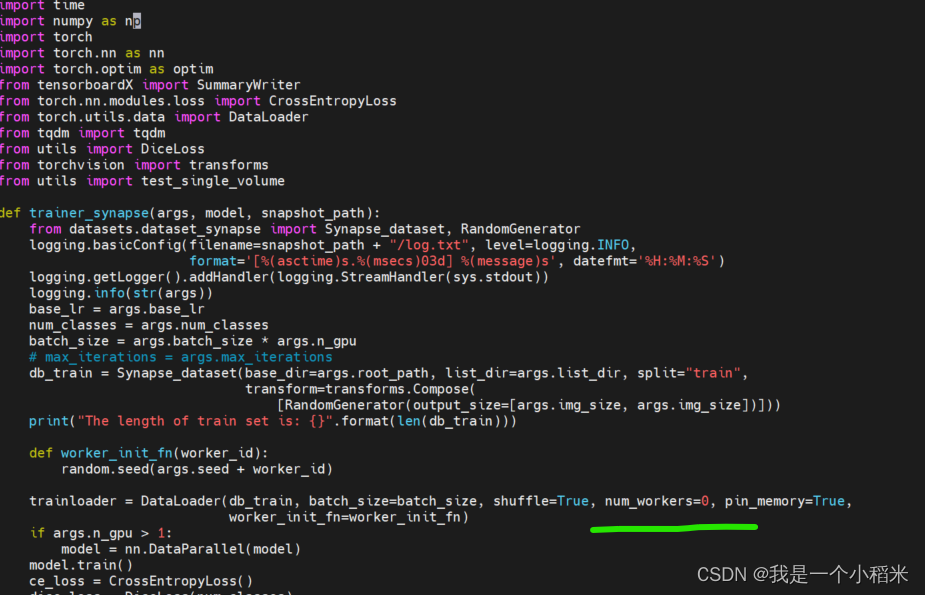
Train your dataset with swinunet
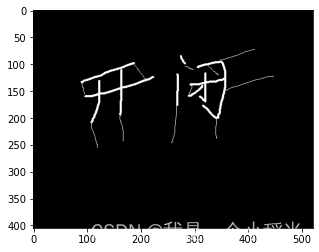
Opencv learning note 4 - expansion / corrosion / open operation / close operation

快速集成认证服务-HarmonyOS平台
![[Yu Yue education] higher vocational English reference materials of Nanjing Polytechnic University](/img/e2/519a5267cd5425a83434d2da65ebe6.jpg)
[Yu Yue education] higher vocational English reference materials of Nanjing Polytechnic University
随机推荐
Analyzing the influence of robot science and technology development concept on Social Research
路由信息协议——RIP
GFS分布式文件系统
調用華為遊戲多媒體服務的創建引擎接口返回錯誤碼1002,錯誤信息:the params is error
About using CDN based on Kangle and EP panel
Using nocalhost to develop microservice application on rainbow
Composer change domestic image
POJ - 3784 running medium
调用华为游戏多媒体服务的创建引擎接口返回错误码1002,错误信息:the params is error
What are the advantages of commas in conditional statements- What is the advantage of commas in a conditional statement?
23 Chengdu instrument customization undertaking_ Discussion on automatic wiring method of PCB in Protel DXP
[Yu Yue education] C language programming reference of Zhongbei College of Nanjing Normal University
Improve the delivery efficiency of enterprise products (1) -- one click installation and upgrade of enterprise applications
Low success rate of unit test report
联想混合云Lenovo xCloud:4大产品线+IT服务门户
go写一个在一定时间内运行的程序
Calling the creation engine interface of Huawei game multimedia service returns error code 1002, error message: the params is error
数据分片介绍
归并排序和非比较排序
[paper reading] icml2020: can autonomous vehicles identify, recover from, and adapt to distribution shifts?